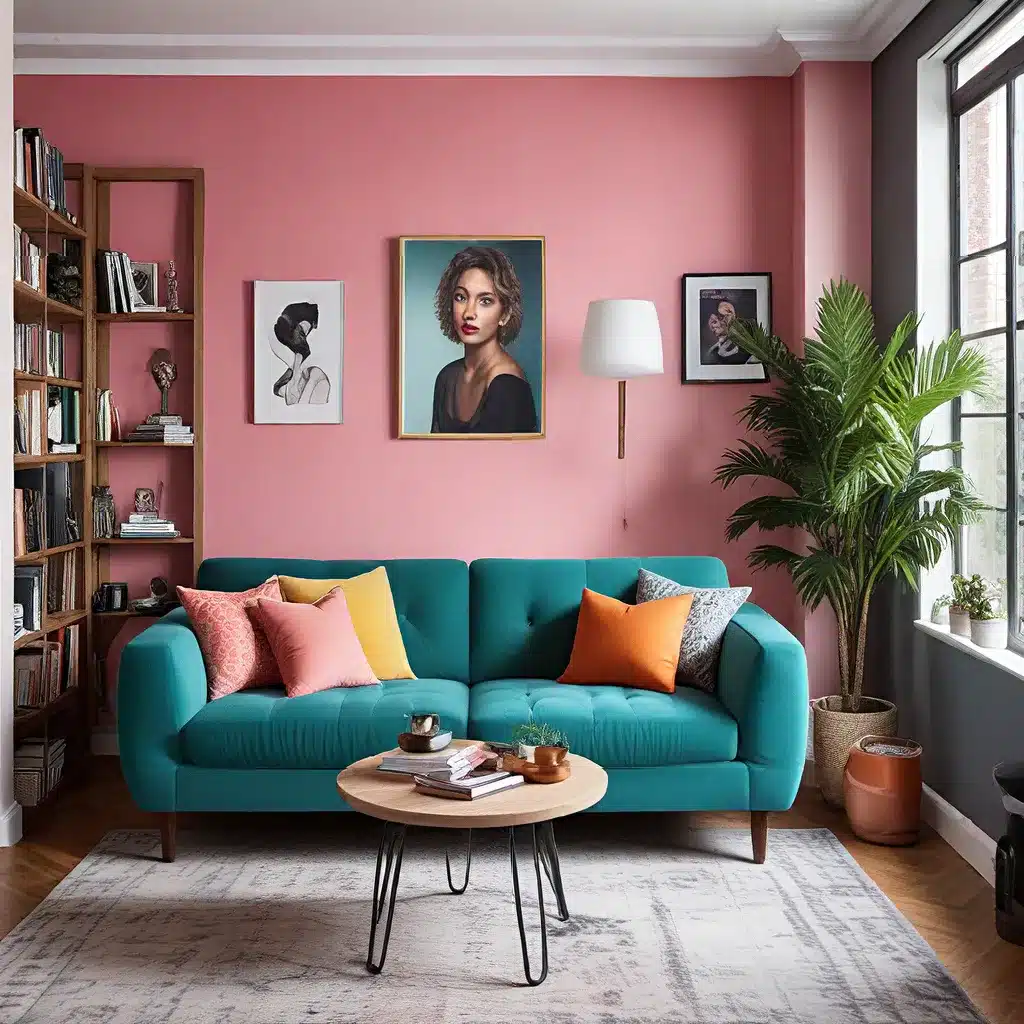
As the millennial generation comes of age, their influence on the world of interior design and home decor is becoming increasingly prominent. This tech-savvy, socially conscious cohort is seeking spaces that reflect their unique values, aesthetics, and lifestyles. From curators who are reshaping the art world to young homeowners seeking to craft personalized sanctuaries, the millennial mindset is transforming the way we think about living spaces.
Embracing the Millennial Ethos
Millennials, those born between the early 1980s and the mid-to-late 1990s, have grown up in a rapidly evolving digital landscape. This tech-immersed generation has developed a keen eye for design, a penchant for sustainability, and a strong desire to express their individuality through their living spaces.
As described by one designer, the typical millennial bedroom may start with a mattress and bed on the floor, makeshift paper shades, and hand-me-down furnishings. But with a thoughtful approach and a modest budget, these spaces can be transformed into calming, personalized havens that cater to the millennial mindset.
Curating the Millennial Look
Millennials seek contemporary, youthful interiors that strike a balance between functionality, style, and self-expression. Key design elements that capture this aesthetic include:
Minimalist Furniture: Clean lines, neutral palettes, and a focus on multifunctionality characterize millennial furniture choices. Pieces that can serve dual purposes, such as storage ottomans or convertible cribs, are particularly appealing.
Sustainable Materials: Environmentally conscious millennials gravitate towards natural, renewable materials like wood, bamboo, and linen. Upcycled or repurposed items also resonate with this generation’s values.
Accent Walls and Textiles: While the overall aesthetic may lean towards minimalism, millennials often incorporate vibrant colors, bold patterns, and textural elements through accent walls, curtains, and area rugs to inject personality into the space.
Technology Integration: Seamlessly integrating technology into the home is a must for this digital-native generation. Smart home devices, wireless charging stations, and multifunctional furniture with built-in tech features are highly coveted.
Personalized Decor: Millennials seek to curate their living spaces with unique, meaningful pieces that reflect their individual interests and experiences. From wall art to decorative accessories, the focus is on creating a space that is truly their own.
Designing for the Millennial Lifestyle
Beyond just aesthetics, the millennial approach to interior design also encompasses practical considerations that cater to their lifestyle needs and priorities.
Flexible, Multipurpose Spaces: Millennials often live in smaller, more compact homes or urban apartments. As a result, they gravitate towards open floor plans and multifunctional furniture that can adapt to their evolving needs, whether it’s a home office, a workout area, or a cozy nook for entertainment.
Communal Living: Millennials value social connectivity and shared experiences. Their living spaces may incorporate communal areas for hosting guests, home workspaces that facilitate collaboration, or media rooms that encourage group activities and entertainment.
Wellness-Focused Design: Millennials prioritize health, wellness, and self-care. Interior designs that incorporate natural light, calming color palettes, and biophilic elements like houseplants can help create a soothing, rejuvenating atmosphere.
Sustainable Solutions: As eco-conscious consumers, millennials seek out sustainable and energy-efficient design solutions, such as LED lighting, water-saving fixtures, and renewable building materials.
Curating the Millennial Dream Home
To truly capture the essence of the millennial design aesthetic, consider the following strategies:
Collaborate with a Professional: An experienced interior designer can help millennials translate their vision into a cohesive, personalized living space. Designers can provide insights into the latest trends, source sustainable materials, and offer practical solutions tailored to a millennial’s lifestyle and budget.
Embrace Flexibility and Adaptability: Incorporate modular furniture, convertible pieces, and multifunctional storage solutions that can evolve alongside the homeowner’s changing needs and preferences.
Infuse Personal Touches: Encourage clients to curate a collection of meaningful artwork, vintage or repurposed furnishings, and sentimental decor that reflects their unique personality and experiences.
Foster a Sense of Community: Consider designing shared living spaces that facilitate social interaction, collaboration, and entertainment, catering to the millennial desire for connection and a sense of belonging.
Prioritize Wellness and Sustainability: Incorporate natural materials, biophilic elements, and energy-efficient features to create a healthy, rejuvenating living environment that aligns with millennial values.
As the millennial generation continues to shape the future of interior design, the opportunities to create contemporary, personalized living spaces that cater to their unique needs and aspirations are abundant. By embracing the millennial mindset and curating thoughtful, adaptable interiors, designers can help this influential cohort craft their dream homes and foster a sense of belonging within their living spaces.

